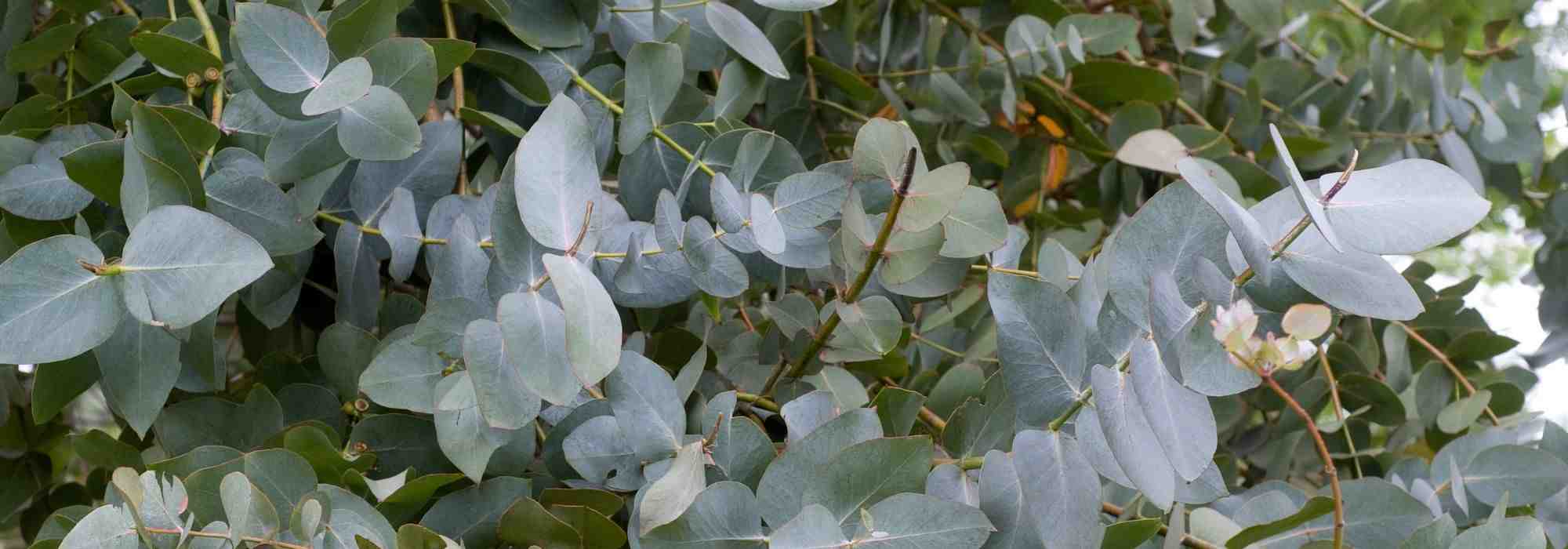
5 fast-growing evergreen trees
Our selection that grows quickly and retains its leaves in winter
Contents
Evergreen trees have the advantage of remaining decorative all year round, even in winter when the garden loses its lushness.
Their large dimensions do not necessarily mean that you will have to wait several decades for them to reach full ripeness. Some varieties grow indeed quickly and are ideal for dressing the space, providing shade in the garden, or serving as a screen.
Whether for the unique atmosphere they bring, their flowering, or other aesthetic qualities, you will surely find an evergreen tree that meets your expectations.
Here is our selection of fast-growing evergreen trees to adopt in the garden.
And for smaller spaces, also check out our selection of fast-growing evergreen shrubs.
Acacia, an adorable pompom flowering
AAcacia is a small tree typically winter-flowering, gently heralding the arrival of spring. A symbol of the Côte d’Azur, but also very present along the Atlantic coast, it is native to Australia.
The Acacia dealbata brightens the end of winter with its fragrant yellow pom-poms. They reach about 5 to 7 metres in height. More imposing, the Acacia melanoxylon or blackwood mimosa grows up to 15 metres in our latitudes.
Fast-growing, some varieties like the Acacia pravissima can reach over 2 metres in height in just 2 years. Mimosas can even become invasive.
Beyond their flowering, they are also appreciated for their finely dissected and graphic evergreen foliage, which boasts a beautiful green sometimes with silver or bluish reflections.
Plant wattles in full sun, sheltered from strong winds, ideally in well-drained sandy and gravelly soil. They prefer to keep a moist soil, regularly watered during the first years and during the flowering period. Carry out maintenance pruning to help them maintain a harmonious shape.
Mimosas make excellent privacy screens in the garden.
Not very hardy (-5°C to -10°C approximately), they will be grown in the ground in the mild southern regions, but are also well-suited to being grown in large pots in other regions, allowing them to be sheltered during winter. You can also find our tips for properly protecting the mimosa during the cold season.

Acacia dealbata
Eucalyptus, the exotic touch in the garden
The eucalyptus or gum tree is primarily native to Australia, although it is now cultivated in many dry and tropical regions around the globe. Its growth is rapid as it can grow 1 to 2 metres per year depending on the varieties.
Its foliage with unusual hues and its colourful bark that exfoliates with age make it a particularly decorative tree, adding a true touch of exoticism to the garden. It is also valued for the medicinal properties of its leaves, which are used in essential oils and herbal teas.
The Eucalyptus gunnii (cider gum) has a beautiful columnar shape. They can reach 10 metres in height in just 6 years and easily exceed 15 to 20 metres at maturity.
They are adorned year-round with magnificent foliage that has grey-blue reflections. The rather discreet flowering occurs from August to September, when the shrub produces small fragrant white pom-poms, composed of thousands of stamens. These flowers are highly sought after by pollinating insects.
A little smaller, the Eucalyptus niphophila (snow gum) reaches 7 metres in height and offers fine sickle-shaped foliage, initially green before turning grey. It flowers abundantly in late spring, in May-June.
On the other hand, the Eucalyptus parviflora (small-leaved gum) features sickle-shaped leaves of a lovely olive green. It can reach up to 9 metres in height and flowers late in the summer, even into autumn.
To grow an eucalyptus, choose a warm, sunny location, sheltered from prevailing winds. It adapts to all well-drained soils and is quite undemanding, tolerating both drought and excess water.
Use it as a specimen to enjoy its full potential and shade, but also in a large shrub hedge or in a grove.
Very hardy, generally down to -12°C and even -20°C for parviflora and niphophila, the eucalyptus will adapt easily in most of our regions, even the harsh ones.
Also, find our tips to choose the right eucalyptus.

Eucalyptus gunnii
Discover other Trees and large shrubs
View all →Available in 0 sizes
Available in 1 sizes
Available in 1 sizes
Available in 1 sizes
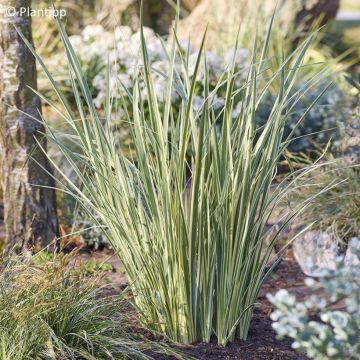
Available in 1 sizes
Available in 1 sizes
Available in 1 sizes
Available in 1 sizes
Available in 2 sizes
Available in 1 sizes
Leyland cypress, a majestic conifer that grows quickly
The Leyland cypress (Cupressocyparis leylandii) is a vigorous conifer with rapid growth. It is ideal for creating privacy and shielding from view, as well as serving as a windbreak.
Each year, it can grow by 80 cm in height and may even reach up to 9 metres in 10 years, depending on the varieties. ‘Castlewellan Gold’ can measure nearly 20 metres tall at ripeness, while the smaller varieties ‘Excalibur Gold’ and ‘Gold Rider’ will only reach 4 to 5 metres.
Its rapid growth will require regular pruning twice a year to prevent excessive development.
The Leyland cypress can be used both to form a dense hedge or as a standalone specimen, showcasing its elegant pyramidal habit with upright branches.
Easy to cultivate, it is very tolerant of soil type and can withstand extreme conditions: short-term drought, cold (down to -15°C), sea spray, and even pollution.
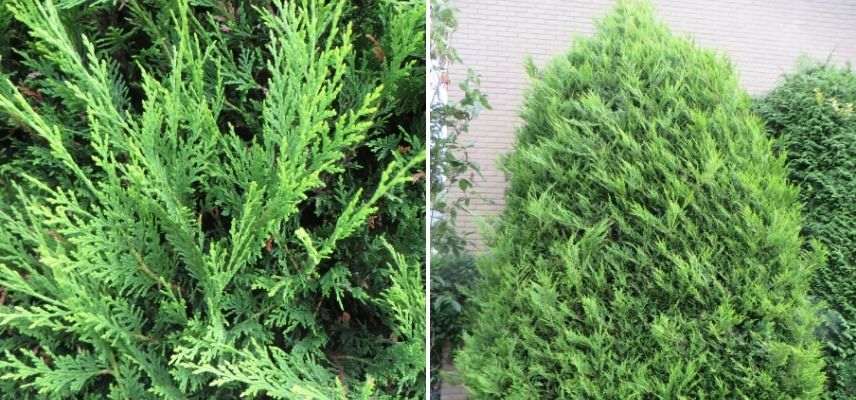
Cupressocyparis leylandii ‘Castlewellan’
Japanese medlar, a tropical fruit tree with charm
The Japanese loquat (Eriobotrya japonica or bibacier) is a small evergreen tree reaching about 6 metres in height at ripeness, with a similar spread. Fast-growing, it increases by approximately 30 to 40 cm per year. Native to China, it differs from the common medlar that we know in our country.
Its evergreen leaves are lanceolate and veined, large and leathery, and bring a very original tropical touch to the garden. They display a glossy green with rusty hues on the underside.
The late flowering occurs in autumn, around October-November. The tree then reveals panicles of rather discreet white-beige flowers, exuding notes of bitter almond and vanilla. They are highly prized by bees for pollination. In the case of a mild winter not dropping below -5°C, they will then transform into edible orange fruits (bibasse or bibace) reminiscent of apricots the following spring.
Its upright and spreading silhouette is supported by several trunks of a light brown-grey.
Tolerant of soil type, it can withstand even calcareous soils and does not fear summer drought.
Hardy down to -12°C once established, it will thrive perfectly in southern and oceanic regions. In areas with harsh winters, growing it in a large pot or container will protect it from severe frosts.
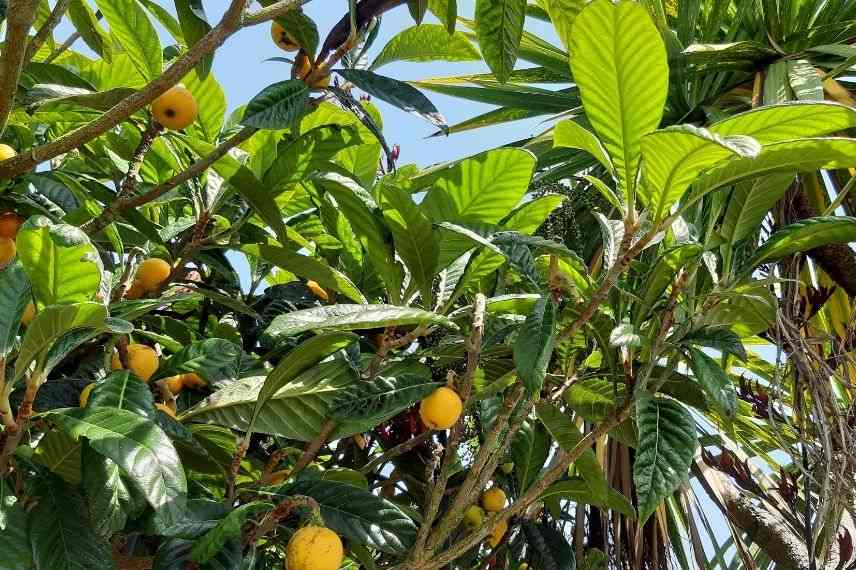
Eriobotrya japonica
Chinese privet, perfect for an evergreen hedge
The Chinese privet (Ligustrum lucidum or glossy privet) is a small tree native to Southeast Asia. With a fairly rapid growth rate, it produces shoots of 30 to 40 cm per year. It reaches nearly 25 metres in its native region, about 7 metres in height and 5 metres in spread in our latitudes.
Its large, glossy, ovate and pointed leaves are leathery, with a very bright dark green colour. They have a very deep central vein, giving the impression that the leaves are folded in half.
The late flowering occurs in autumn, between September and October. Our tree adorns itself then with an abundance of long, feathery panicles, which can reach nearly 20 cm in length. They gather small flowers in shades of white, pink, and cream, delicately scented and highly sought after by insects. The privet then reveals small berry-like fruits, with a blue-black colour resembling clusters of grapes.
Its lush, conical, ramified silhouette combined with a small trunk makes it perfect for use as a privacy or windbreak hedge, as well as in a thicket.
The cultivation of privet is not complicated. Tolerant of both soil and exposure, it even withstands summer drought.
Hardy down to -12°C for a short duration and once well established, it will easily endure mild winters. North of the Loire, it must be well protected to survive the winter.
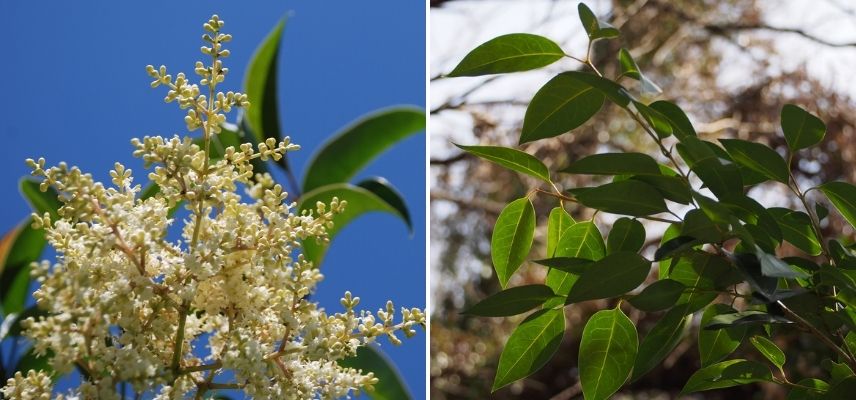
Ligustrum lucidum (photo left: mauroguanandi; right: harum.kok)
- Subscribe!
- Contents
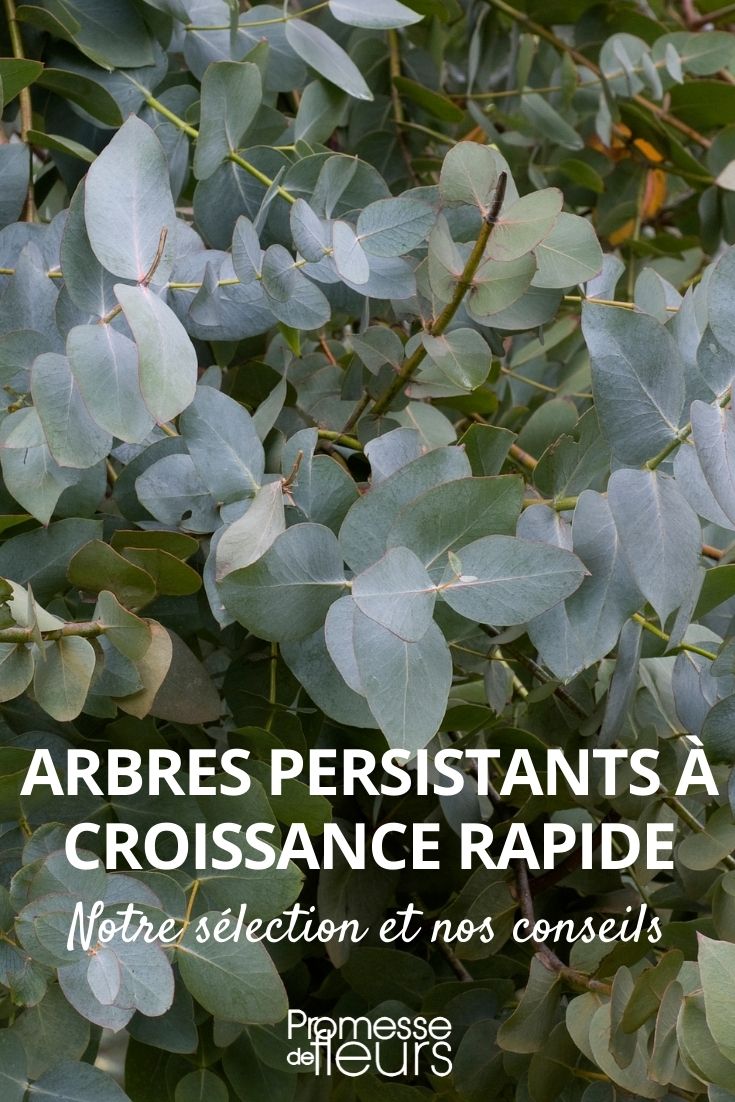
































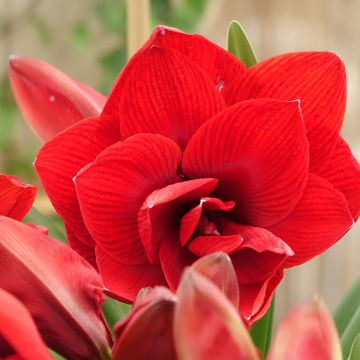


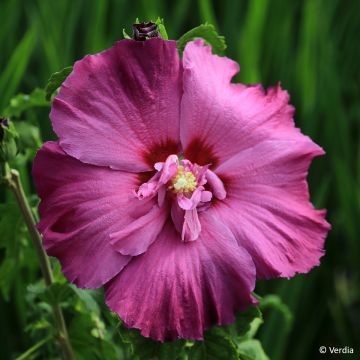

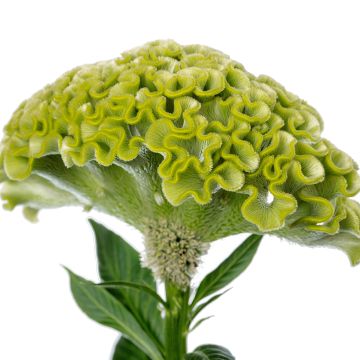


Comments